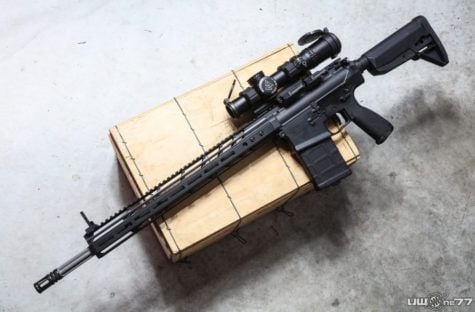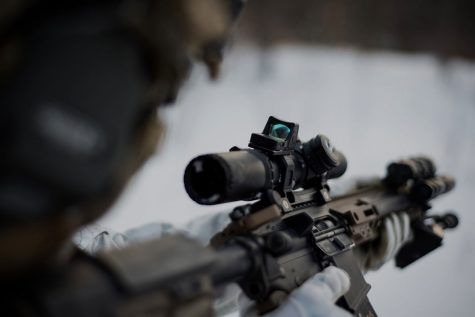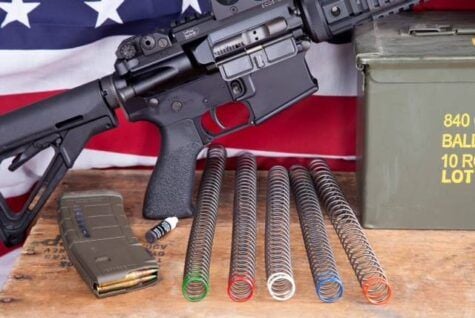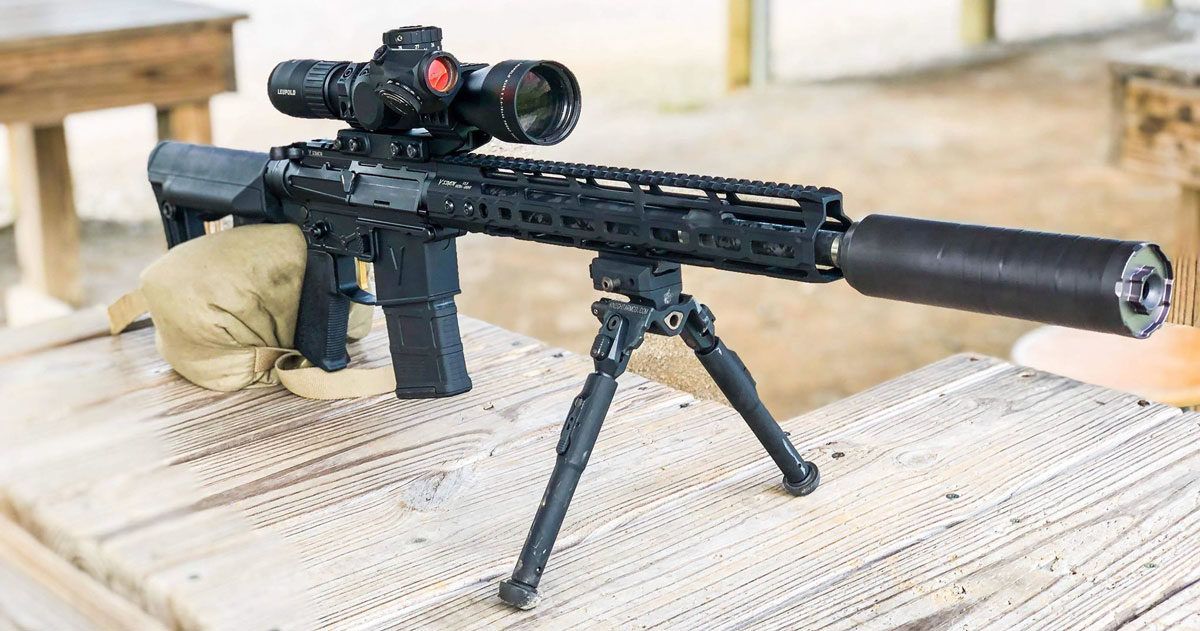
If you are an AR builder looking to take the next step towards a more accurate, lightweight and reliable build, a carbon fiber AR barrel from Proof Research may be worth considering.
Their reduced contour precision barrels are wrapped in a proprietary carbon blend, resulting in a lightweight barrel that Proof Research claims provides superior accuracy, durability and thermal performance.
To learn more about Proof Research’s AR barrels, we recently spoke with Ben White and Nathan Bishop, both with Proof Research.

Q: Can we start with a bit of history in regards to Proof Research?
Nathan Bishop – Marketing Specialist, Proof Research – We’re fairly new into the industry. Proof Research is actually the result of several companies joining forces. There was a company called Jense Precision that produced custom rifles, and they joined up with a company called Advanced Barrel Systems, which manufactured and sold carbon wrapped rifle barrels.
Shortly after that, we acquired our advanced composite division. At the root of who we are, we are really a science- based company.
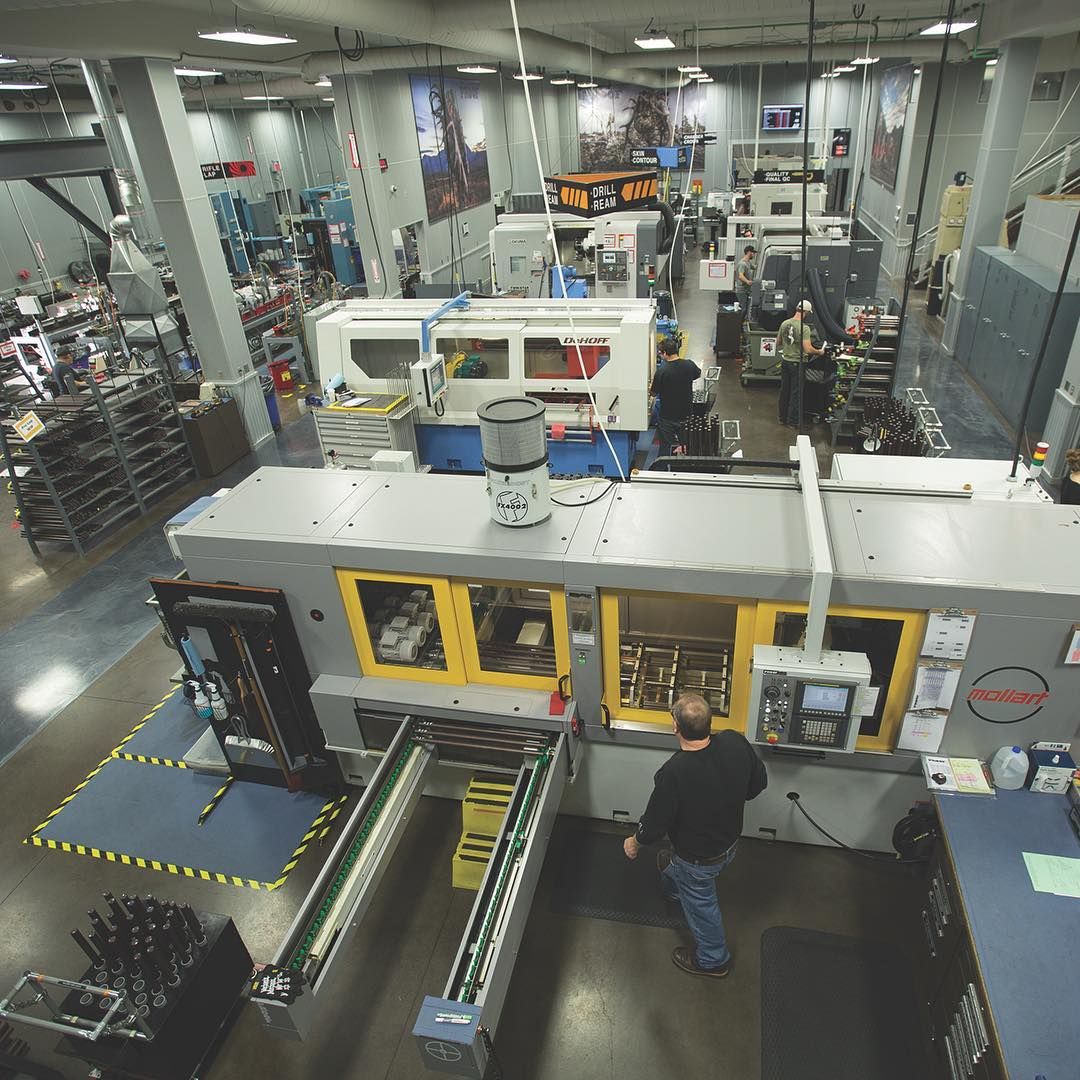
Q: There’s a lot of barrel manufacturers out there who claim their barrels can outperform their competition. Can you explain what you believe makes your Proof Research AR barrels special?
Ben White – Weapons Development Engineer, Proof Research – Our composite barrel wrap technology is what separates us apart from everyone else. With a Proof Research AR barrel, you’re getting the weight of a thin, pencil profile barrel but all the accuracy and thermal performance that you would get from a heavy target barrel. So, you’re getting the best of both worlds.
Where our carbon technology differs from some of the others out there is we use a filament-wound process, so it’s basically one long continuous span of carbon that is wound onto the barrel to build up all of the different layers and build up the carbon wrap.
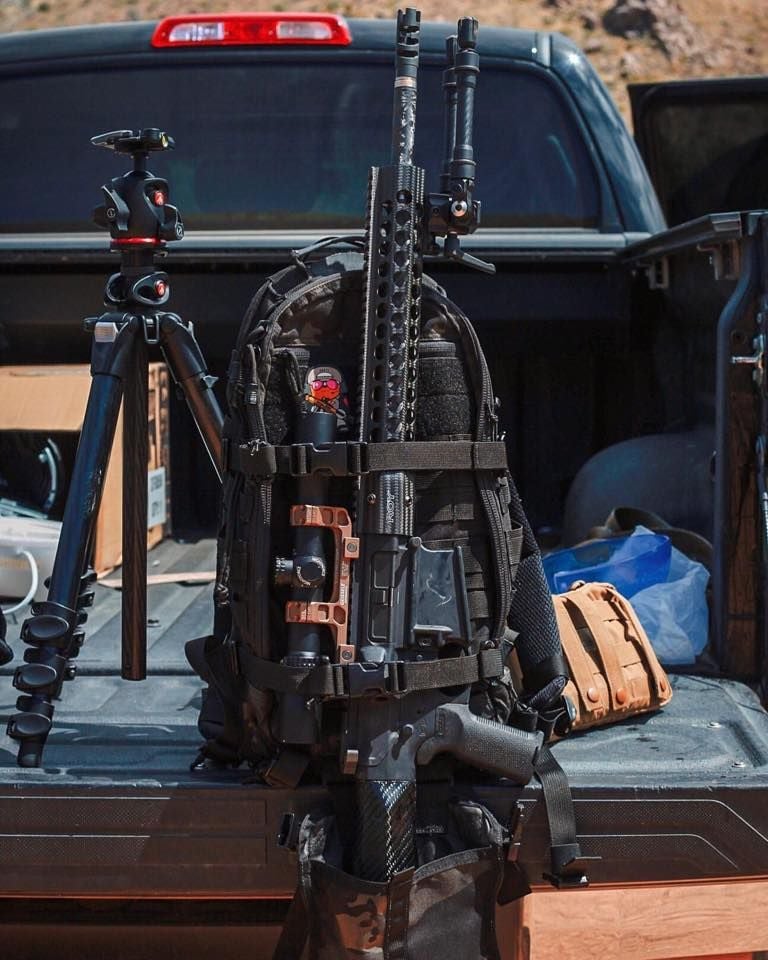
“We can vary the angle that the carbon lays”
While that process occurs, we can vary the angle that the carbon lays on the barrel to actually control the properties of the carbon wrap. Part of our patented technology is that we match the coefficient of expansion of the carbon wrap to the steel, so that as your steel barrel heats up and gets longer as it expands, the carbon expands at the same rate…so we’re not introducing stress between the carbon and the steel. It’s not trying to pull the barrel one way or another and cause thermal shift as the barrel heats up.
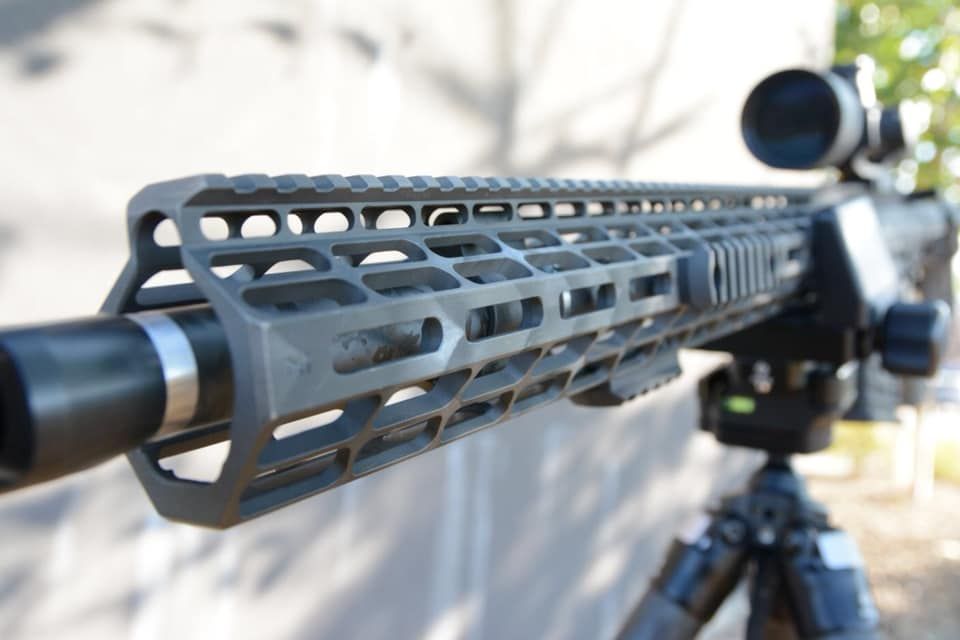
Q: Can you talk about why this is important?
Ben White, Proof Research – The carbon does a few things. It increases the stiffness of the barrel versus a skinny, pencil barrel. So, you have a stiffer barrel at the same weight.
The carbon is also engineered to not only expand at the same rate as the steel, but it also dissipates the heat. There are certain parts of the barrel that get hotter than others, and the carbon helps spread that heat to other parts of the barrel so that it can more efficiently cool. The carbon barrel will cool somewhere in the neighborhood of 30% faster than an equivalent steel barrel.
Nathan Bishop, Proof Research – It helps maintain that happy medium temperature within the barrel. Especially with the AR-15’s rate of fire, you are going to be able to maintain accuracy.
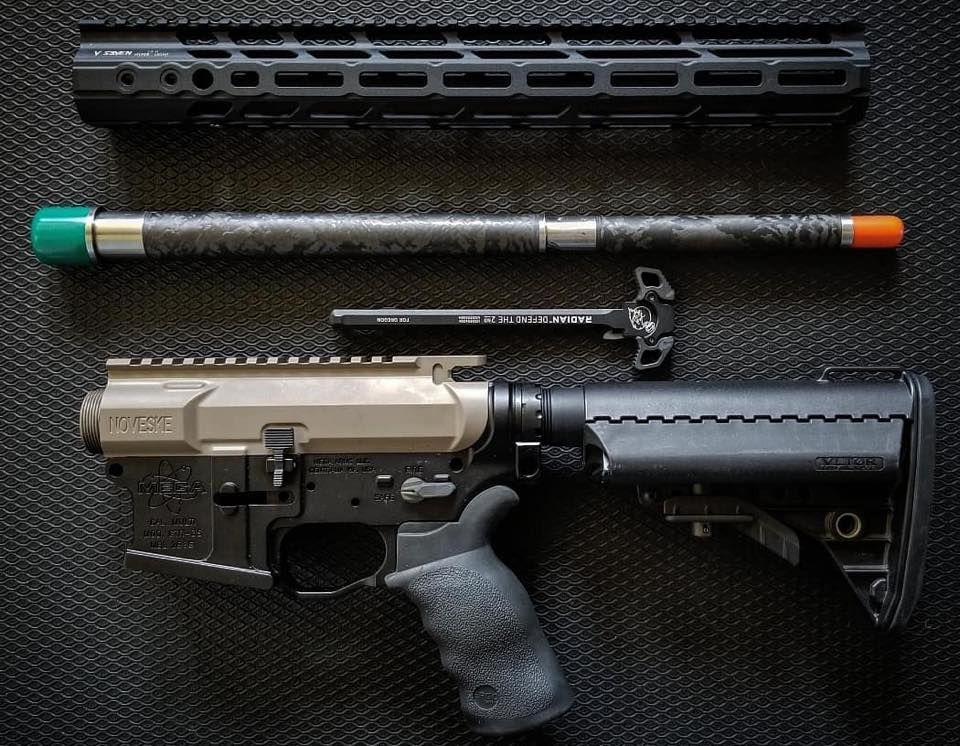
Q: Who might consider purchasing a Proof Research AR barrel?
Ben White, Proof Research – I think anybody who has to move with the rifle is going to appreciate the light weight. A lot of the inherent accuracy comes from the stiffness of the barrel and how carbon adds to that…as well as our rifling. Everything is rifled in house here. We do single-point cut rifling, everything is lead lapped so that it’s a very high quality barrel blank that we start with.
It’s inherently accurate and consistent, and then we add the carbon on top of that, which basically increases the rigidity of the barrel and the terminal performance.
So, to answer your question, I’d say that anybody who is looking to move with their rifle, whether that’s a 3-gun type application or shooting a precision rifle in the field, that shooter is going to see the benefits of a Proof Research AR barrel.
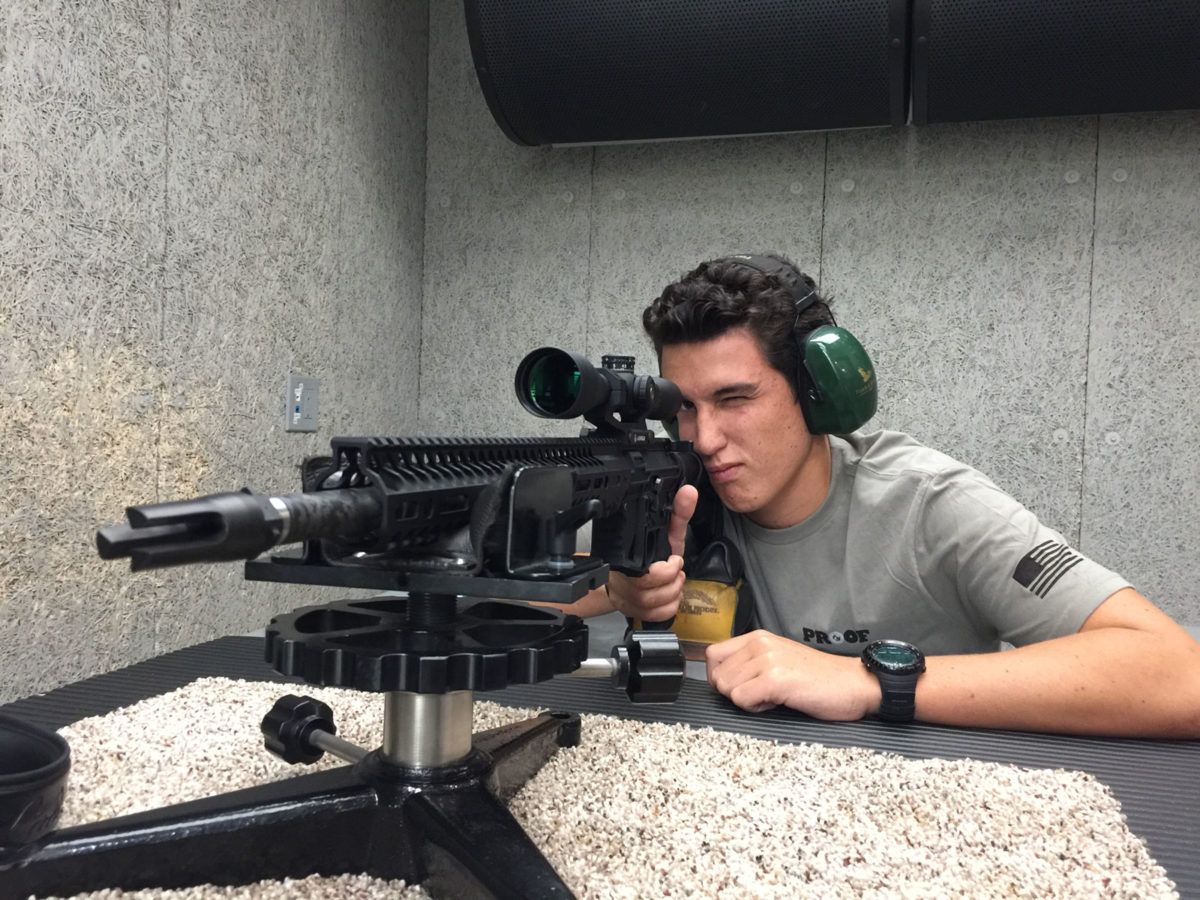
Q: Some of our newer readers may not understand what a lapped barrel is, and why that would be desirable. Can you briefly explain that?
Ben White, Proof Research – There are a few processes that you have to do in order to establish a hole down a piece of steel. It has to be drilled, and then usually reamed after that to get the dimension up.
Any of those machining type operations are going to leave machining marks and imperfections in the barrel. Even the cut rifling process can leave a little bit of machining marks in the barrel.
By coming back after it is rifled and lead lapping the barrel, we are removing all of those machine marks, and any kind of variance in the diameter of the barrel. It helps even it out and it really makes for as pristine a bore as is possible.
Because there’s no rough spots, the barrels also break in incredibly quickly and they foul very, very little because are no imperfections to grab copper and hold carbon fouling.
Q: Talk about your gas system?
Ben White, Proof Research – We developed the CAMGAS or Caliber Matched Gas System quite a few years ago. It stemmed out of people wanting to put a cartridge into an AR rifle that it was never originally intended to shoot, whether that’s 6.5 Grendel in an AR-15 or 6.5 Creedmoor in an AR-10. So, when you change the cartridge, you change the dynamics of the whole system.
Using the AR-10 as an example, if you leave that gas port in the same position it was with a .308, you’re going to get higher pressure at that port with a 6.5 Creedmoor. By modeling the bore pressure, we can actually determine the best location to put that port so that the gas coming back into the action is going to be the same pressure and same volume that the system was originally designed for.
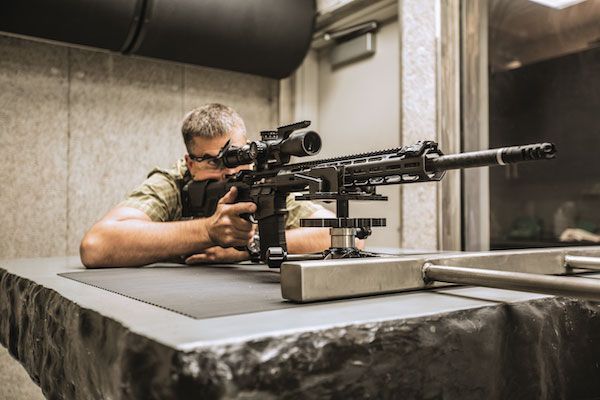
Proof Research – “Smoother, cleaner running”
The end result is a smoother cycling action. There is less felt recoil. The system is not over-gassed, and the pressure that is coming back is decreased so your bolt is not trying to unlock at a higher pressure. This means your extraction is easier, and there is less fouling in the receiver. It’s just a much smoother, cleaner running platform.
Q: Finally, are you able to talk about your feed ramps on your AR barrels?
Ben White, Proof Research – When you change the geometry of a cartridge, like the 6.5 Creedmoor, you have to make corresponding changes with parts as well. Our extensions have feed ramps designed to feed all the AR cartridges that are in common use a little more reliably.
I cannot go into too much detail on how we do that, but there’s things that we’ve changed about the extension that make that work a little bit better.
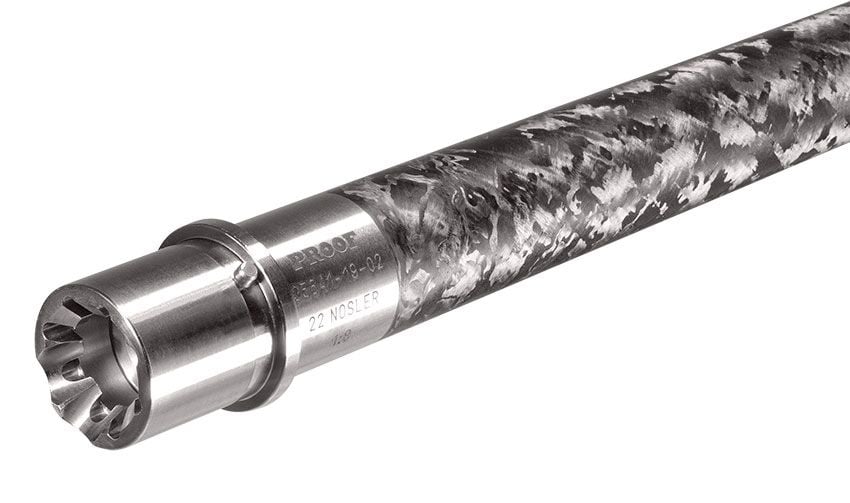
Q: Anything else you’d like to add?
Ben White, Proof Research – I think the final thing I’d add would just be to say that if you’re building an AR and looking for a “no compromise” barrel, Proof Research is the place to go.
Nathan Bishop, Proof Research – Across the board, I’d just want to let your readers know that if there were a better way for Proof Research to make these barrels, we’d be doing it. If you look just in the competitive shooting realm alone, I think it speaks volumes that a lot of guys out there are running our barrels.
Ben White, Proof Research – I’d add to that…there is no other composite barrel company whose barrels are in active service with the U.S. military right now. We are becoming very well-accepted within special forces groups and they actively seek out our products for whatever new projects they have coming on, for both precision bolt guns and ARs.
###

